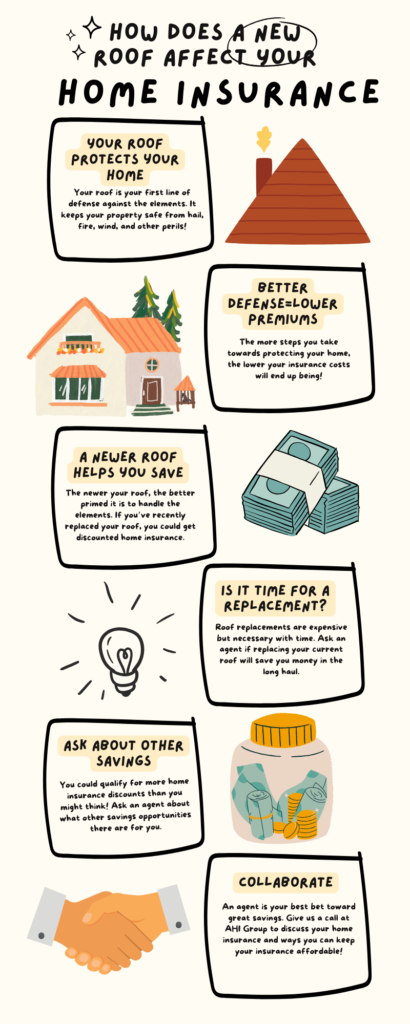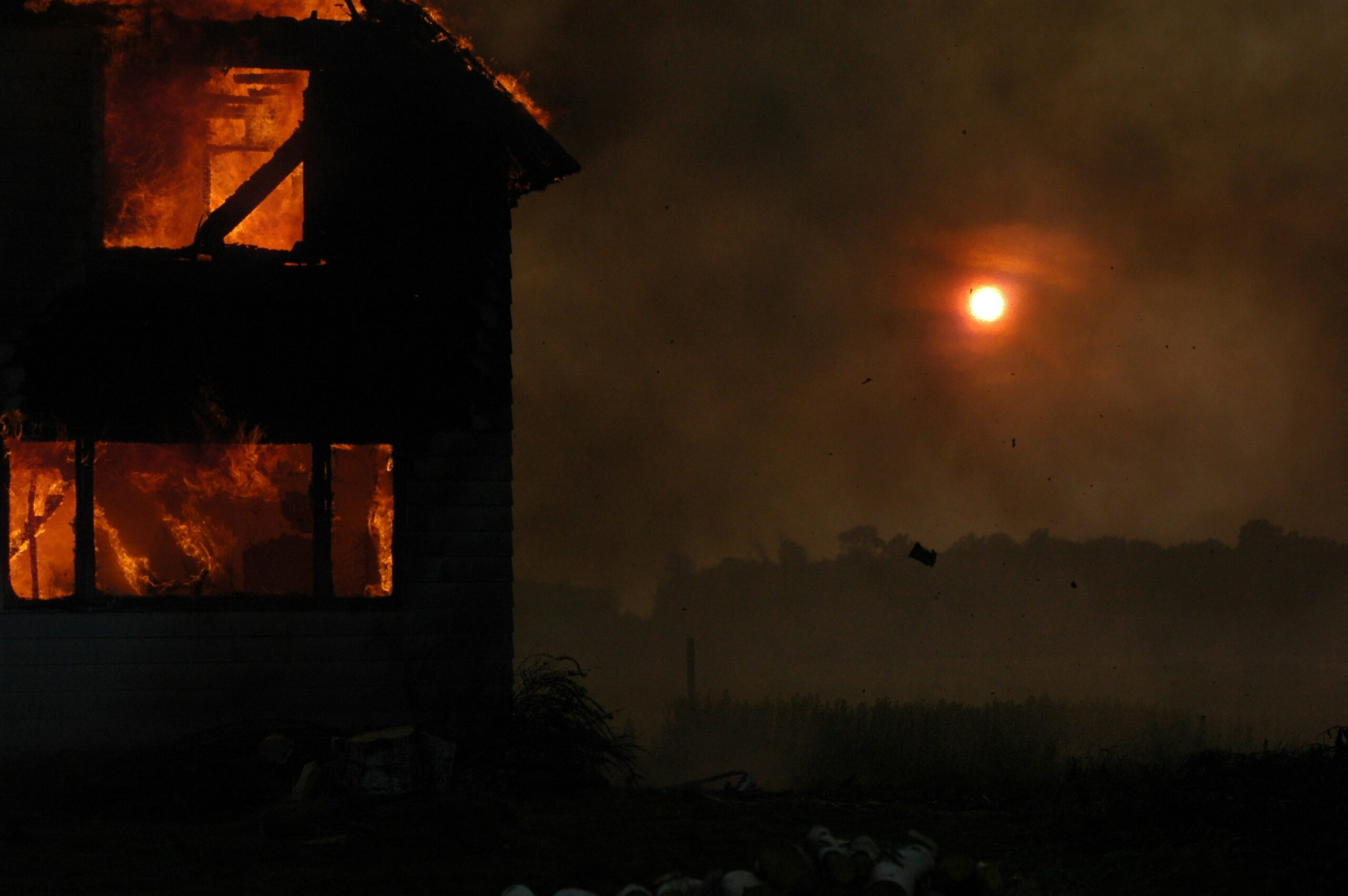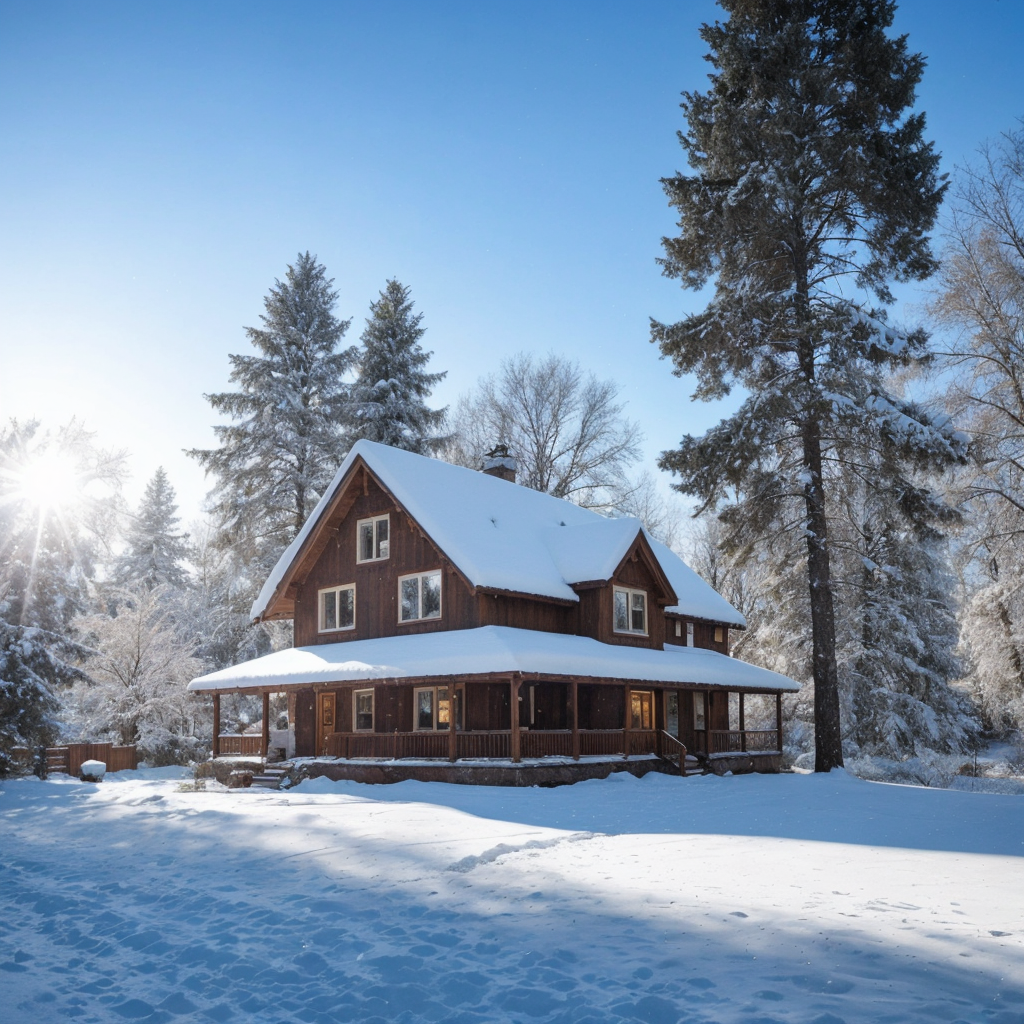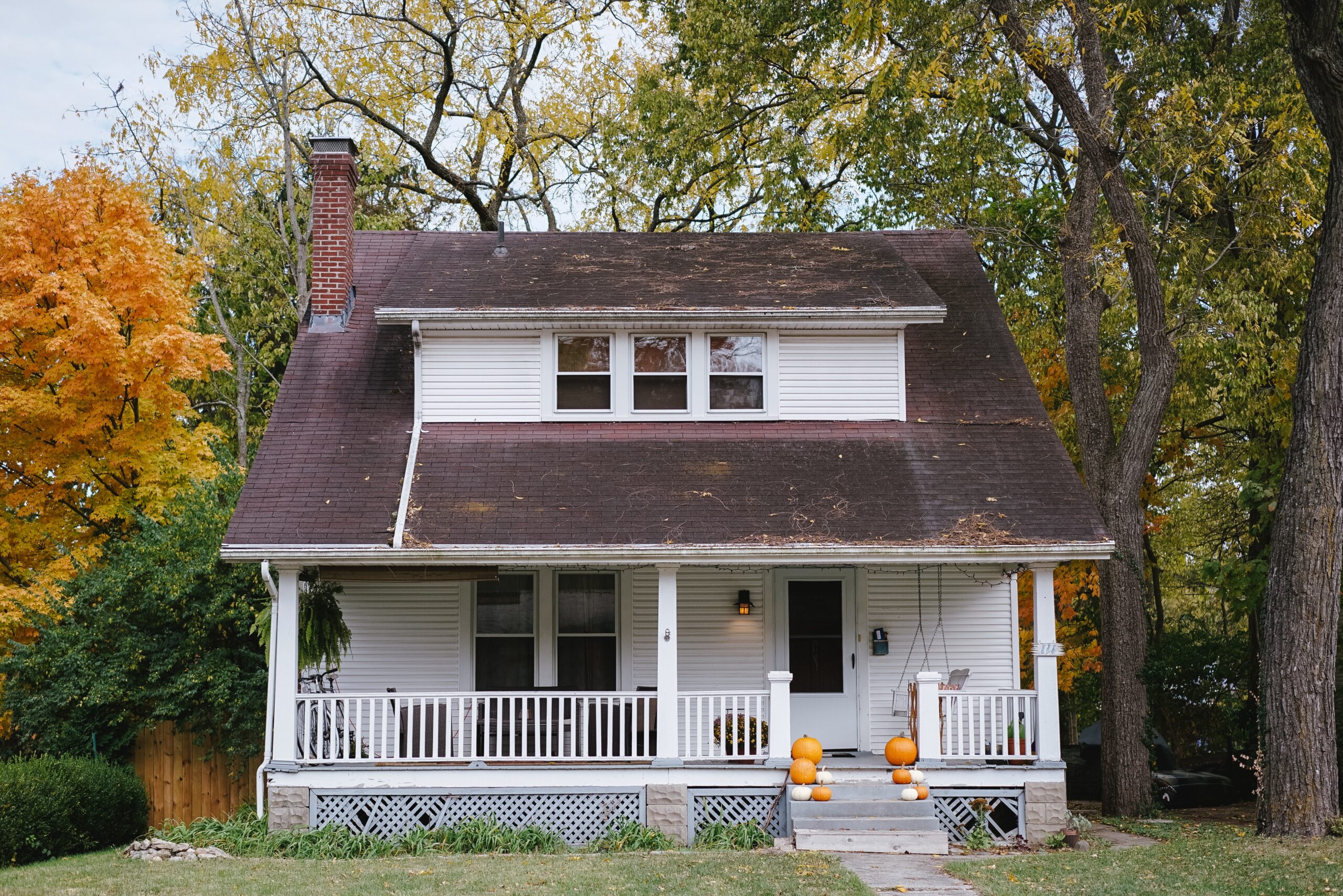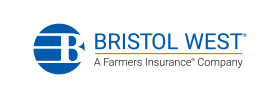Kansas’s 2024 tornado season is the most active on record. As many in the Midwest are still recovering from the start of the season, we turn to insurance to recoup our losses. In times like these, it’s good to know we’re covered for the unexpected!
If you’ve never filed an insurance claim before, you may be wondering just how to do so. Remember that you can always contact an AHI representative for support; otherwise, check out our step-by-step guide below for more information.
Am I covered for storms and tornado damage?
Most standard home insurance policies will cover storms and tornado damage, however, you likely won’t be able to acquire protection if you’re trying to buy insurance during an active storm watch. Our advice? Get insurance as soon as you close on a home so you won’t run into issues where severe storms are in the forecast and you’re without insurance.
May 2024 had the fourth-highest number of tornadoes on record in the Midwest, with 476 tornadoes recovered by the National Weather Service’s Storm Prediction Center. April and May combined had the second most tornadoes on record, just behind 2011 where an EF-5 tornado hit Joplin, causing $2.8 billion in damages and claiming over 150 lives.
As the issue worsens, it’s more important than ever to have protection. Contact an insurance agent at AHI Group to ensure you have the coverage you need against storms and tornadoes.
What happens if you’ve been impacted by severe weather?
With severe weather, you never know what could happen–your home could suffer a couple of broken windows, or it could be destroyed entirely. If you have home insurance, your coverage will help pay for the losses (minus your deductible), but you’d need to file a claim, which tends to come with its fair bit of work. Not to worry! We’re here to let you know what to do.
We never expect it’ll happen to us until it does. Part of being a good homeowner is being prepared with the right insurance, plus equipping yourself with the knowledge of what to do after the fact to recoup your losses. Here is our step-by-step process for filing a claim for storm losses:
Step 1: Get in touch with your insurance provider
Once you’re aware of storm damage, it’s time to get in touch with your insurance provider. You can also reach out to your agent for guidance. Most insurance providers have a 24/7 claims hotline you can contact, but keep in mind that during episodes of severe weather, plenty of homes will be calling in, so they’ll usually answer on a first-come, first-served basis.
After you’ve reached out to your provider they will schedule an adjuster to come out to the scene to investigate and inspect the scale of damages done. During this time, they will determine if you have an eligible claim. You may also have a claims representative assigned to your case, who you can contact at any point for information on your claim. This isn’t always the case with these widespread incidents.
Step 2: Let your provider know of any emergency repairs that are needed
If your home requires repairs immediately that may render your property unlivable or are considered an “emergency,” you may need to let your insurance provider know. They will be able to get you in touch with a company that can complete these repairs right away to prevent the risk of further damage.
If your home cannot be re-entered and you are forced to find temporary accommodations elsewhere, keep all receipts on-hand for any additional, much-needed living expenses. This includes takeout, hotel bills, receipts for new clothes, childcare, etc. You may be able to get these reimbursed later through a portion of your home insurance known as additional living expenses.
Step 3: Discuss damages with your adjuster
Once the process of “review” has been complete and the company’s adjuster has checked out the property and done a thorough assessment, they’ll go over the damages and give you an estimate for what it will take to repair your home. They may also provide this assessment to whoever is being hired to do the repairs to your home (usually a preferred contractor).
Step 4: Get a contractor locked-in to do the repairs
Many insurance companies have preferred contractors that they will want to do the repairs to your home. This is usually because these companies are trusted or have completed work for the insurer before. You are allowed to vouch for a specific contractor if you want. If this is the route you wish to take, ensure that the contractor is licensed and has the necessary policies in place to perform your repairs.
Note that an insurance company’s preferred contractor may also have a warranty on work through both the contractor and the insurance company, which can give you a little more peace-of-mind.
Step 5: Confirm, sign, and begin repairs
Once you receive your estimate, make sure to get it reviewed and confirmed by a professional. This is usually whoever was hired on to do the repairs or another third-party. You should also ensure any changes to your home are considered and agreed in your contract. Once everything looks good, you can sign and repairs can begin.
You have between 12 and 24 months to file a claim after a storm loss, but it’s advised you get in as soon as possible. If it’s a larger storm or event, chances are that there’s a huge backlog of homeowners awaiting their own claims, too. The sooner you’re in, the sooner your repairs get done. Note you’ll be responsible for your deductible as well, which you’ll need to pay towards the repairs before your insurance provider pays the remaining amount!
Questions? Give us a call here at AHI Group. We’d be happy to go over a recent claim or discuss your insurance coverage in the midst of this severe storm season.







